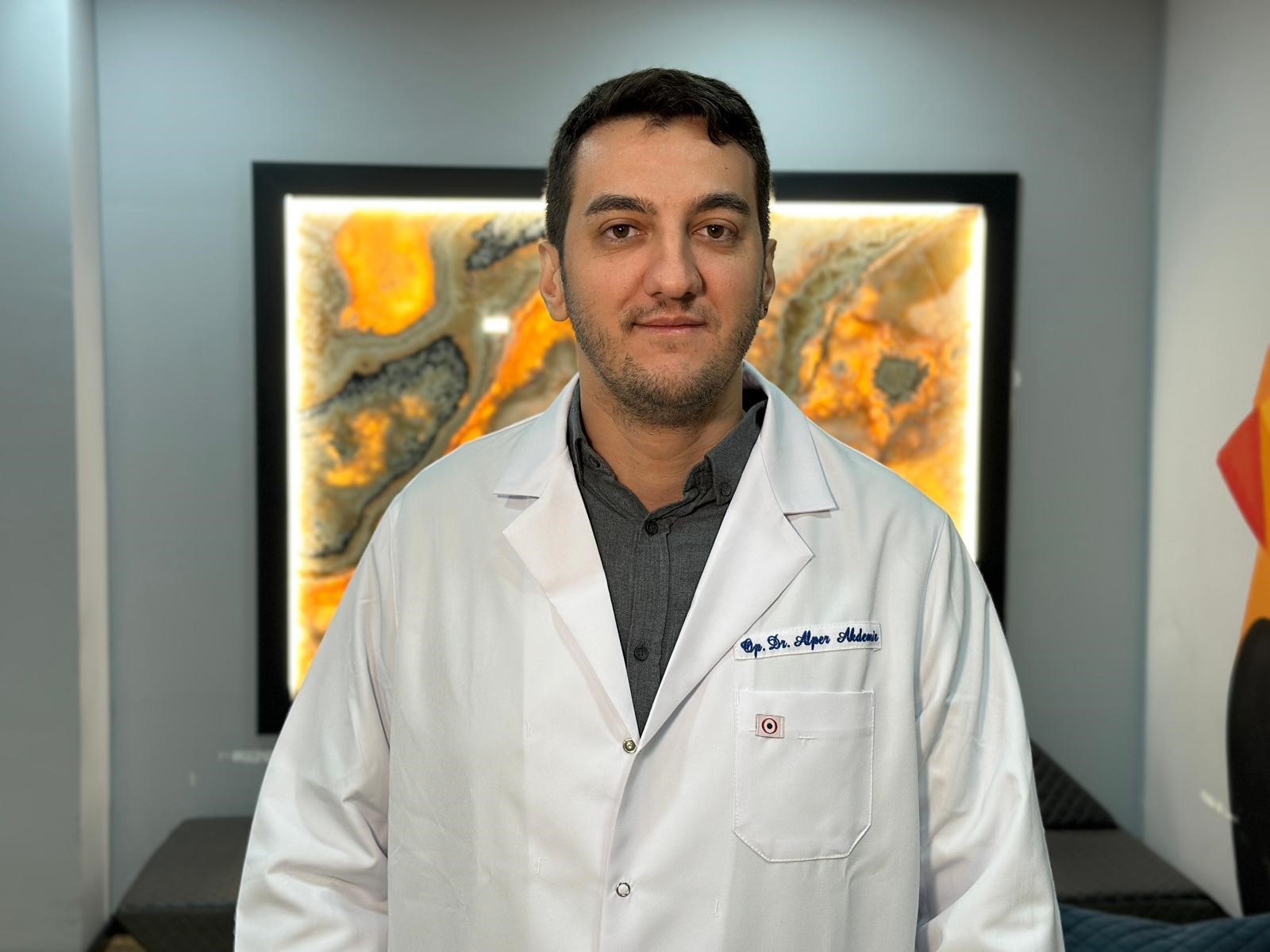
Informing about cruciate ligament and meniscus injuries, Op. Dr. Nurtaç Alper Akdemir said, “Since such injuries are soft tissue injuries, there is no obligation for people not to step on their feet all the time. In other words, if there is no injury such as a fracture in the bone structure, people can stand, mobilize, and see their daily needs as much as they tolerate the pain. These injuries occur at the moment of trauma. Afterwards, at least in the short term, there is no progression.”
Stating that the meniscus is a C-shaped structure, two in each knee, inside and outside, Op. Dr. Nurtaç Alper Akdemir from the Department of Orthopedics and Traumatology at Çakmak Erdem Hospital said, “It ensures that the body's load is transferred symmetrically and evenly under the knee through the knee joint. In this way, it protects the knee cartilages. It also has a feature that provides lubrication of the knee. Therefore, it is a very important anatomical structure for knee health. Meniscal tear and damage can be seen outside of trauma due to degeneration, especially after the age of 40-45. In young patients, it can usually occur in sports injuries, traffic accidents or work accidents. It is important to distinguish between these two conditions in the treatment.”
“It is important to do stretching, strengthening and stretching before sports”
Op. Dr. Nurtaç Alper Akdemir, who made suggestions to protect people who do sports from damage, said, “People who do sports need to have strong muscles around the knee. It is important to do stretching, strengthening, stretching and warm-up movements before sports activities. If the person is professionally involved in sports, stretching, strengthening and conditioning training should also be given importance outside of sports activities.”
Op. Dr. Nurtaç Alper Akdemir said, “In the treatment decision, we divide the meniscus into 3 regions: the part close to the capsule, the middle part and the central part. If the meniscus tear is close to the capsular part with good blood supply, the chance of healing may be higher. However, where the blood supply is weaker, the chances of healing can be low. After making this distinction, we decide whether to proceed surgically or with conservative treatment. Especially the age of the patient, the location of the meniscus tear and the patient's expectation affect the decision of surgery.”
“Repair of meniscus tears or partial meniscectomy surgeries can be performed with closed technique knee arthroscopy”
“Patients usually apply to us with mechanical complaints such as pain, sticking and locking in the knee,” said Op. Dr. Nurtaç Alper Akdemir, ”If the patient is young, interested in sports activities and a tear has occurred in the meniscus, we primarily consider surgical treatments. If we are going to perform repair surgery, we can perform it with knee arthroscopy, which is a closed technique. We repair the torn parts if possible; but if the tear is beyond repair, we can perform partial meniscectomy surgery. There is a 4-6 week recovery period. Depending on the physical condition of the patient and the surgery performed, the process of returning to normal life may vary. However, if meniscus repair surgery is performed in professional athletes, it may take 6-12 months to return to sports.”
“A good physical therapy and rehabilitation process is required in the postoperative period”
Speaking about the injury of Galatasaray football player Mauro Icardi, Op. Dr. Nurtaç Alper Akdemir finally said the following:
“Meniscus injuries in footballers can occur when an uncontrolled load is placed on the knee in knee rotation traumas. In these cases, meniscus tears can be accompanied by injury (rupture) in the ligament we call the anterior cruciate ligament. In cases where both are injured and require surgery, it can take 6-12 months to return to professional sports. This requires a successful surgery and a good physical therapy and rehabilitation process in the postoperative period. Since such injuries are soft tissue injuries, there is no absolute restriction such as not stepping on them. In other words, even without any surgery, when the bone structure is intact, the person can stand, mobilize and see their daily needs. However, during these activities, there may be symptoms such as pain, sticking, locking and feeling of insecurity in the knee. These injuries occur at the time of the incident. After that, even if the person does not want to undergo surgery, it may not cause serious disabilities in the short term. However, when the necessary treatment is not performed, the condition we call the calcification process can develop rapidly in the medium and long term as a result of wear on the cartilage in the knee.”
İHA Haber Kodu: 20241118AW331032